The 16th
LaureatePainting
Georg Baselitz
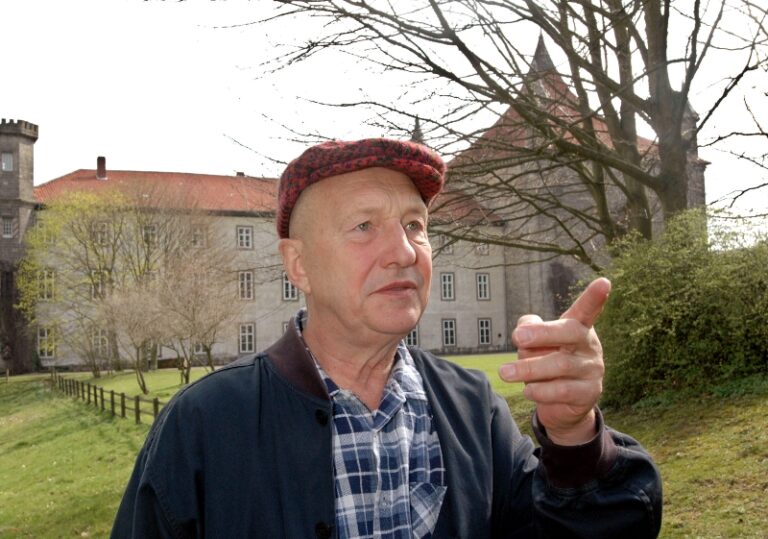
Georg Baselitz was born in Deutschbaselitz,in what was later East Germany,in 1938. He is regarded as one of the foremost artists of Germany,and has been accorded retrospective exhibitions internationally - a 2010 show in Baden-Baden features 50 years of Baselitz's work.
Baselitz has strongly influenced the generation of painters that came of age during the early 1980’s,but he is not a Neo-Expressionist. Although his paintings may remain deeply engaged with the problems of the postwar period in Germany,in his career Baselitz has always attempted to make a stylistic break with what he had done in the past. Moreover,his artistic imagination draws on the entire inventory of Western art and culture.
Biography
Georg Baseitz was born in Deutschbaselitz,in what was later East Germany,in 1938. In 1956,he moved to East Berlin,and in 1957 to West Berlin. In West Berlin,he took the name of Baselitz in honor of the town of his birth.
Baselitz says that he was deeply influenced by an exhibition of American abstract expressionism,particularly the work of Jackson Pollock,which he saw when he was a student at the Academy of Fine Arts in East Berlin. Intent to find alternatives to Socialist Realism and Art Informel,Baselitz became interested in the art of the mentally ill. His first exhibition -in 1963 in West Berlin -caused a public scandal,with several paintings - Big Night Down The Drain and Naked Man being confiscated for indecency. From 1965,Baselitz spent six months at Villa Romana in Florence,Italy,where he produced Animal Piece,and the Tierstück Epictures. This stay in Florence was the start of annual trips to Italy with a studio in Florence that he used from 1976 until 1981. In 1987 he established a studio,that he still uses,in Imperia,Italy.
In 1969 Baselitz started painting works with the subject upside down,a device that offered a way to reject his own representational work and to challenge the conventional way of looking at paintings. The inverted figure has become one of the highly recognizable trademarks of his works. In the 1970’s he produced landscapes with the theme of picture-within-a-picture. He produced the major composition Dinner in Dresden in 1983,and for a while Christian motifs figured prominently in his work. Baselitz made use of a wide variety of different media to avoid getting into a routine. Aside from painting and sculpture,Baselitz also worked with the techniques of woodcut and linocut prints,illustrated books,etchings,drawings,watercolors,and he tried his hand as well at stage set-design.
In 1975 Baselitz traveled to New York and Brazil for the first time,for the Sao Paulo Biennale. In New York he set up a studio for two weeks,and produced two Saxon landscapes and Eagle drawings. By 1980 his reputation was established and he was chosen to represent Germany at the Venice Biennale. With the sculpture he made for the German pavilion in Venice in 1980 Baselitz joined the ranks of painter-sculptors. Since the late 1980’s he has been regarded as one of the foremost artists of Germany,and has been accorded retrospective exhibitions internationally. A 2004 retrospective in Bonn,showed 45 years of Baselitz' work.
Baselitz has strongly influenced the generation of painters that came of age during the early 1980’s,but he is not a Neo-Expressionist. Although his paintings may remain deeply engaged with the problems of the postwar period in Germany,in his career Baselitz has always attempted to make a stylistic break with what he had done in the past. Moreover,his artistic imagination draws on the entire inventory of Western art and culture.
Chronology
Drawings' exhibition at the Centre George Pompidou,Paris
Awarded the Praemium Imperiale Prize for Painting,the Japan Art Association,Tokyo
-
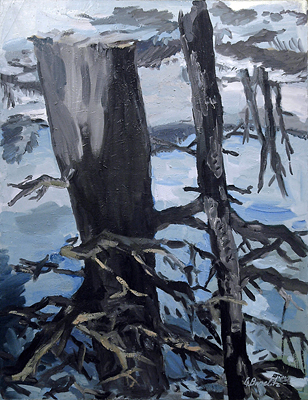
The Forest On Its Head 1969
-
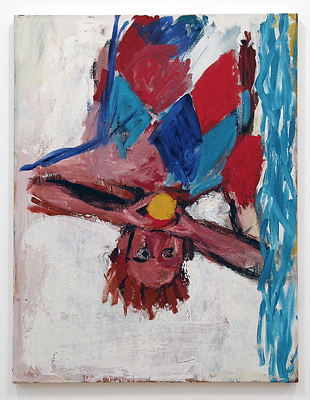
Orange Eater 3
-
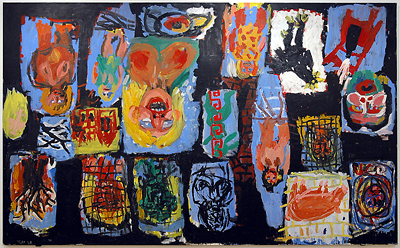
Painters' Picture 1987-88
-
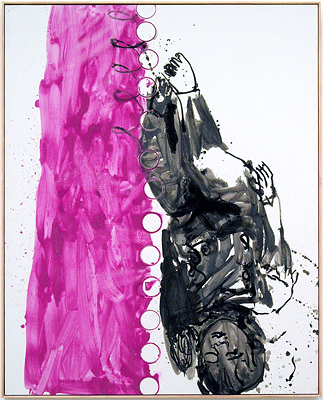
Boys 1 1998
-
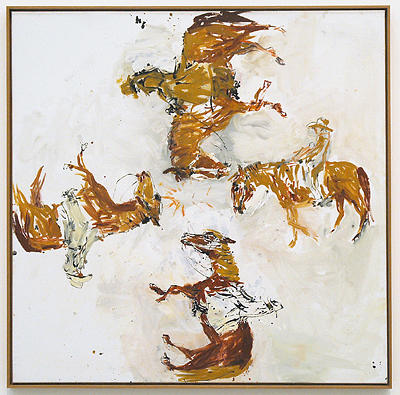
A Strange Figure 2002
-
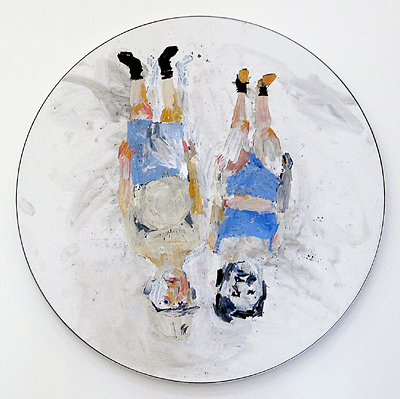
Yesterday's Photo 2002
-
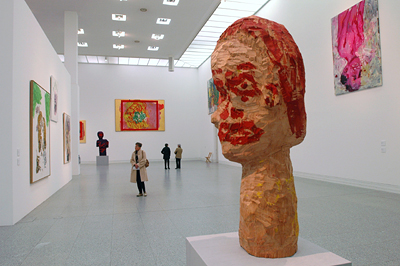
Kunst-und Ausstellungshalle, Bonn, April-August 2004

